Welcome to the world of polyculture, an approach to gardening that embraces diversity and mimics natural ecosystems.
What Flowers to Plant Now in Brisbane: A Comprehensive Guide
Brisbane’s subtropical weather allows for a diverse range of flowers to be planted right now, no matter what time of year it is. However, you’ll need to understand which plants are in flower while being able to thrive in Brisbane’s conditions.
This guide aims to aid both experienced home gardeners and professional landscape experts in deciding what flowers to plant at the moment in Brisbane.
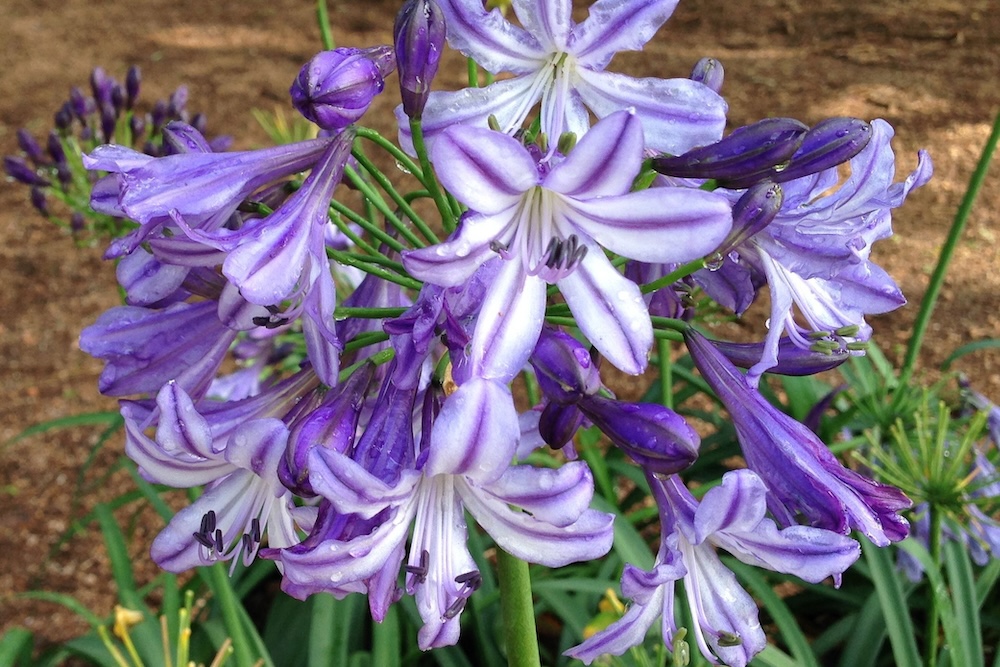
- What Flowers to Plant Now in Brisbane
- September to November (Spring)
- December to February (Summer)
- March to May (Autumn)
- June to August (Winter)
- Preparing Your Brisbane Garden for Flower Planting
- Soil Optimisation for Flowering Plants in Brisbane
- Ensuring Blooms All Year Round with Brisbane-Suitable Flowers
- How to Plant Correctly
- Daniel’s Wrap
What Flowers to Plant Now in Brisbane
To help you navigate through the gardening year, here is a detailed season-by-season guide of what the best flowers are to plant right now in Brisbane.
September to November (Spring)
Spring in Brisbane offers mild temperatures and increasing rainfall, with around 45mm on an average September which will double by November. This rainfall mixed with the warming days is perfect for a wide range of flowering plants to add colour.
- Fluro Burst™ Callistemon spp ‘CNU19’ PBR: These beautiful candy pink bottle brush flowers grab your attention in spring. It requires little to no pruning to maintain its perfect natural shape.
- Amber Velvet’ Anigozanthos hybrid: This kangaroo paw can be planted while flowering in early spring, and it’ll continue to flower right through summer.
- Buccaneer™ Agapanthus hybrid ‘AMDB002’ PBR: Like many agapanthuses, this cultivar flowers its head off throughout spring. The difference is that Buccaneer Agapanthus has striped purple flowers and displays very good repeat flowering right through spring and summer.
December to February (Summer)
Brisbane’s summers are hot and humid, which can present challenges for some plant species, and the perfect growing environment for others. Summer storms can bring significant rainfall of 130-160mm per month. Here’s what to plant in Brisbane in summer:
- Pink Fusion™ Scaevola spp. ‘PFS200’ PBR Intended: This native ground-covering shrub flowers almost all year round with beautiful pink fan-shaped petals.
- Mundi™ Westringia fruticosa ‘WES05’ PBR: This plant produces delicate white flowers throughout most of the year, including summer.
- Amethyst™ Liriope muscari ‘LIRTP’ PBR: Deep purple flower spikes appear in summer for this beautiful liriope. For the rest of the year, its strappy green leaves are enough to provide interest and appeal.
March to May (Autumn)
Autumn in Brisbane is characterised by milder temperatures and decreasing rainfall. By May on an average year, you can expect around 70mm or so (http://www.bom.gov.au/climate/averages/tables/cw_040214.shtml). There are still plenty of flowers you can plant in Autumn in Brisbane.
- Yareena™ Myoporum parvifolium ‘PARV01’ PBR: This myoporum flowers throughout the warmer months, right through to the end of Autumn.
- Encore Azaleas: Continuing from spring and summer, these Azaleas also flower in autumn. Shown here is Autumn Fire™ Rhododendron hybrid ‘ROBLEZ’.
- Obsession™ Nandina domestica ‘SEIKA’ PBR: Its flowers aren’t as spectacular as its bright red new growth during autumn.
June to August (Winter)
Winter in Brisbane is relatively mild compared to other regions, allowing for a range of hardy flowers to be planted. This is the season with the least rainfall in the region, when you can expect between 40-70mm per month on average. Here are the perfect flowers to plant during the cooler months in Brisbane, when the sun is at its dullest.
- Meema™ Hardenbergia violacea ‘HB1’ PBR: This beautiful native pea grows as a shrub or climber, and flowers from July through to September.
- Yalba™ Imperata cylindrica: With its incredibly beautiful flower plumes from April through to September, this native Australian grass is a winter masterpiece. Just make sure to keep its roots contained as it has a habit of spreading.
- Everlasting Mega Gold™Anigozanthos hybrid ‘KP03’: Unlike most kangaroo paws, this cultivar flowers all year round in favourable conditions with full sun. This one’s about to burst into full bloom! Just make sure you give it plenty of sunlight.
Preparing Your Brisbane Garden for Flower Planting
The soil in your garden is the foundation of your plants’ health. To optimise your soil for flower growth, consider incorporating organic matter like compost or well-rotted manure into any soil type. This can improve soil structure, nutrient content, and water-holding capacity.
Soil Optimisation for Flowering Plants in Brisbane
Before you choose your plants, you need to understand the specific soil conditions that each plant choice favours. For instance, some flowers flourish in well-draining soils, while others prefer wet feet. To encourage optimal flowering and plant health, think about integrating organic substances like compost or thoroughly decomposed manure into any type of soil.
This can enhance the structure of the soil, its nutrient content, and its ability to retain water. Sandy soils can frequently become “hydrophobic,” meaning that water simply rolls off the surface without seeping into the root zone.
A soil wetter can be used to rectify this, but if you’re already preparing the ground for planting, now might be an ideal moment to add a high-quality hydrogel like Terracottem or a Kaolin clay product such as Soil Solver.
Heavy clay soils tend to become waterlogged or compacted, and gypsum is the simplest method to swiftly break them apart to make the conditions better for flowering plants. You ought to also test the pH – the majority of plants favour a slightly acidic to neutral pH of between 6.0-7.0.
The Manutech pH tester, developed by the CSIRO, is an excellent kit for even the most inexperienced of gardeners. Cover your soil with approximately 5-10cm of mulch. Choose a chunky mulch that will degrade slowly and offer ample drainage so that you don’t have all of that precious water sitting in the mulch only to evaporate as the day warms up.
Ensuring Blooms All Year Round with Brisbane-Suitable Flowers
To keep your garden blooming all year round, consider incorporating a mix of annuals, perennials, and bulbs into your planting scheme.
Planning your planting cycle in advance will ensure that as one plant finishes blooming, another begins.
How to Plant Correctly
Just as the selection of appropriate flowers is important, so too is the method in which they are planted. Planting improperly could result in lacklustre growth or even plant death. To ensure proper planting, follow this detailed guide:
- Select the appropriate spot: Take into account factors like sunlight, exposure to wind, and soil conditions that each flower requires. You need to match the right plant with its optimal environment.
- Dig a hole: The hole needs to be twice as wide and just as deep as your plant’s root ball. If there’s mulch present, move it aside initially to stop it from mixing with the soil.
- Include amendments: Depending on the soil’s needs, you can add amendments like compost for all types of soil, hydrogels to keep sandy soil from becoming hydrophobic, and gypsum to loosen heavy clay.
- Position your plant: The root ball’s top should align with the surface of the soil or mulch.
- Fill the hole back: Refill the hole with soil, lightly firming it around the plant’s base. Redistribute any displaced mulch over the surface. Be sure to eliminate any air gaps around the root zone and avoid compacting the soil excessively.
- Irrigate sufficiently: Newly planted flowers require substantial water to establish their roots. Maintain moisture levels (without over-saturating) until they are well-established.
Daniel’s Wrap
By understanding Brisbane’s climate and chosen plants, preparing your soil properly, and following the correct planting techniques, you can quickly introduce some colour into your garden right now.
Whether you’re an experienced home gardener or a professional landscape expert, we hope this guide inspires you to continue your flower gardening journey in Brisbane.

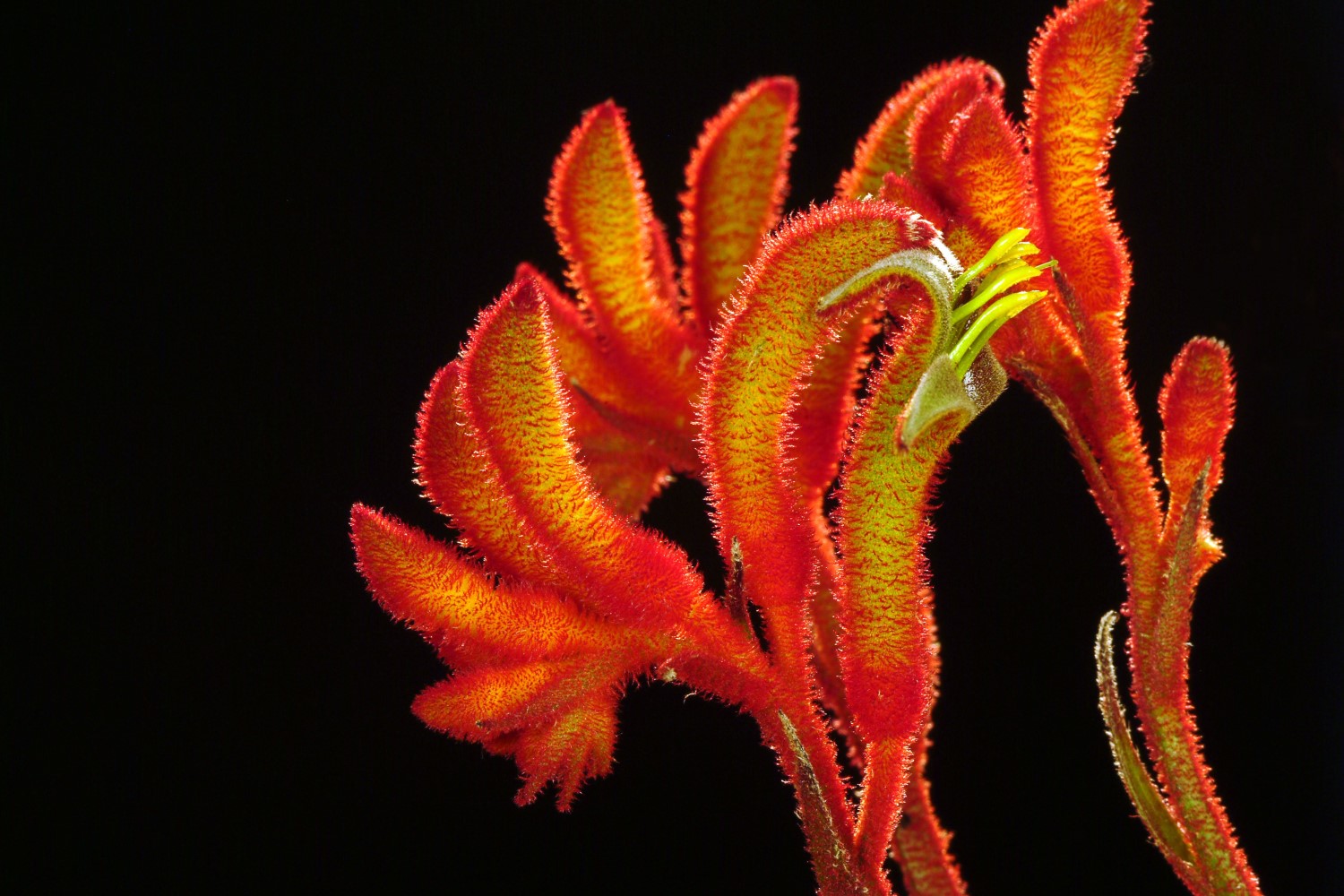

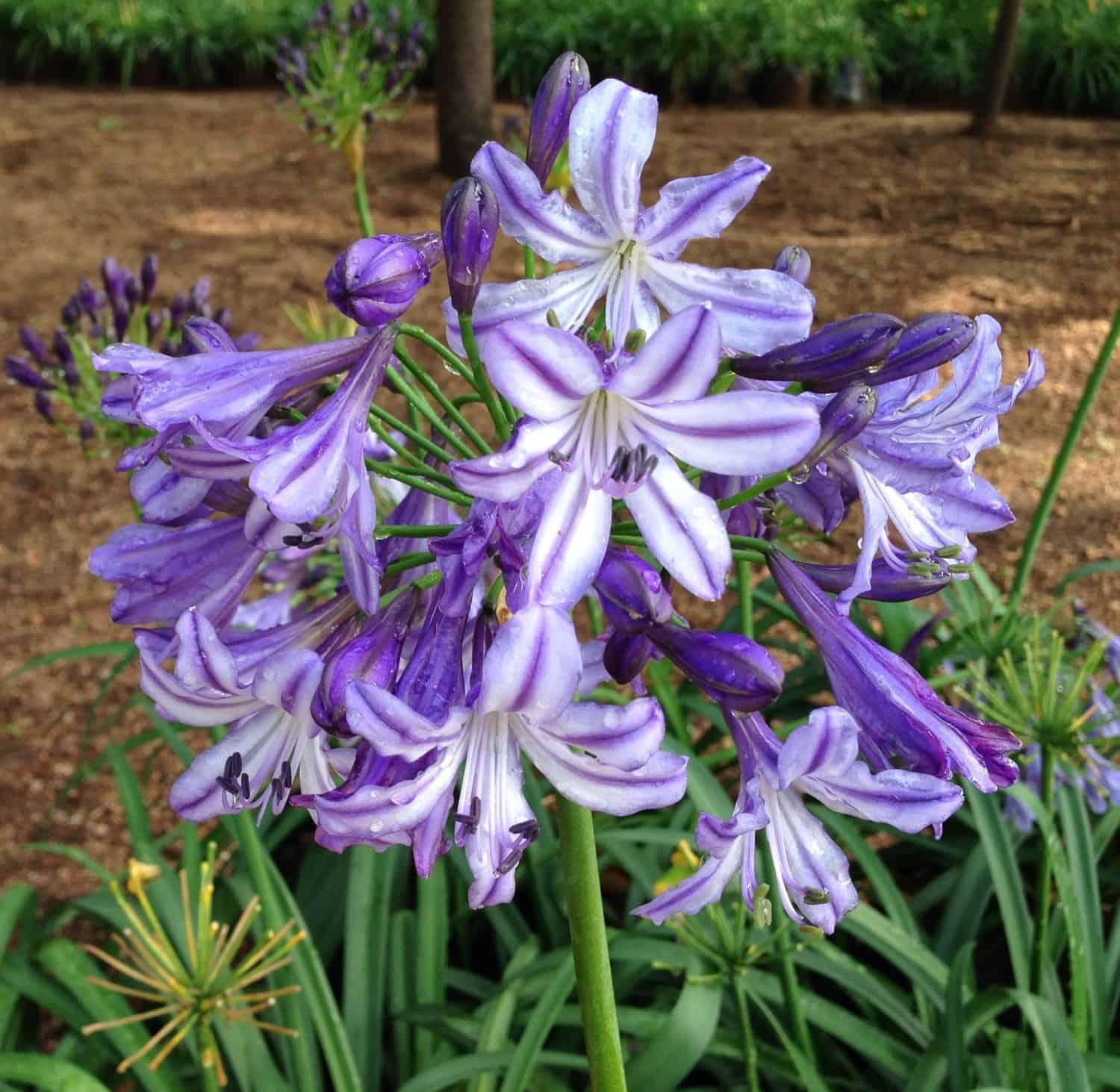
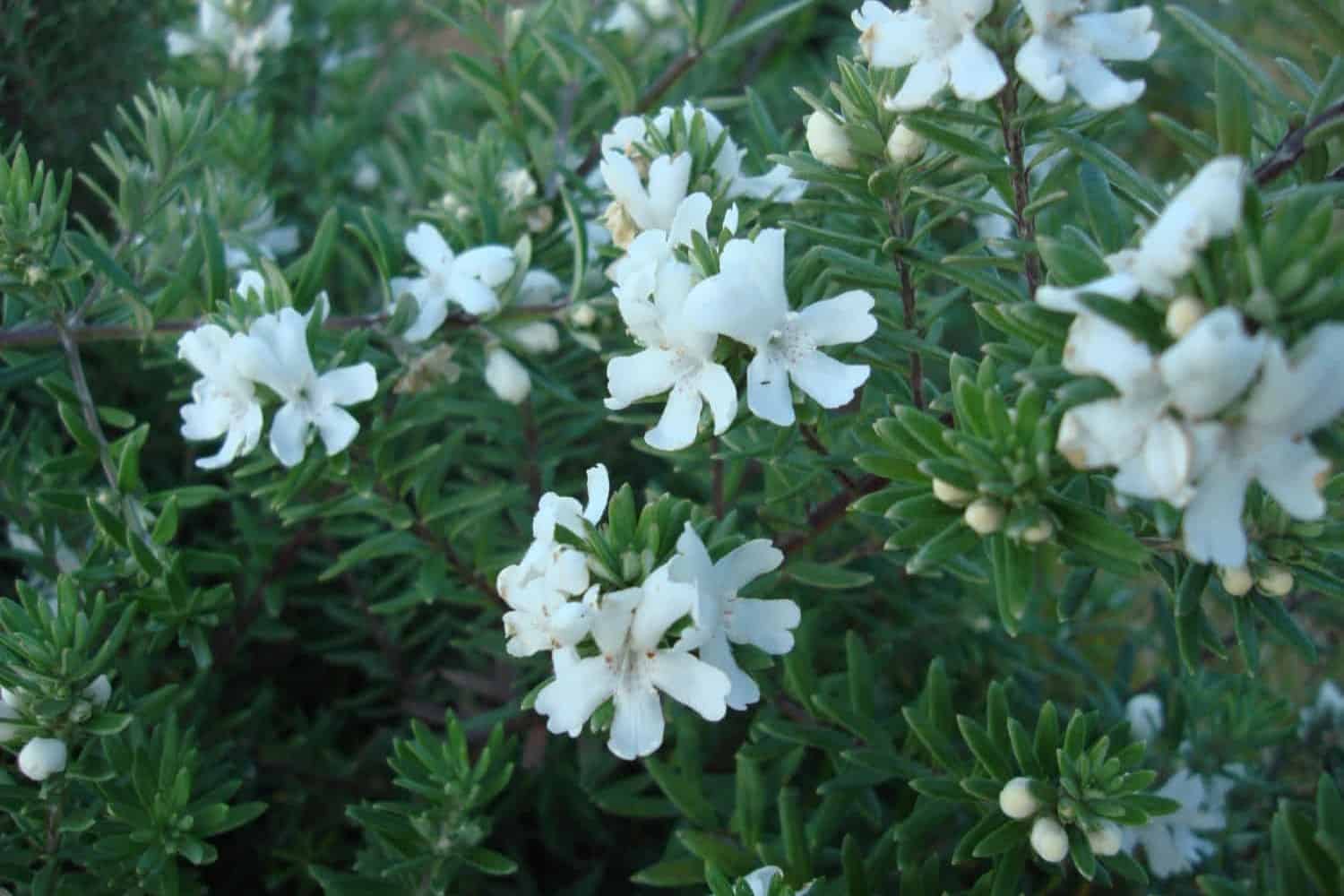
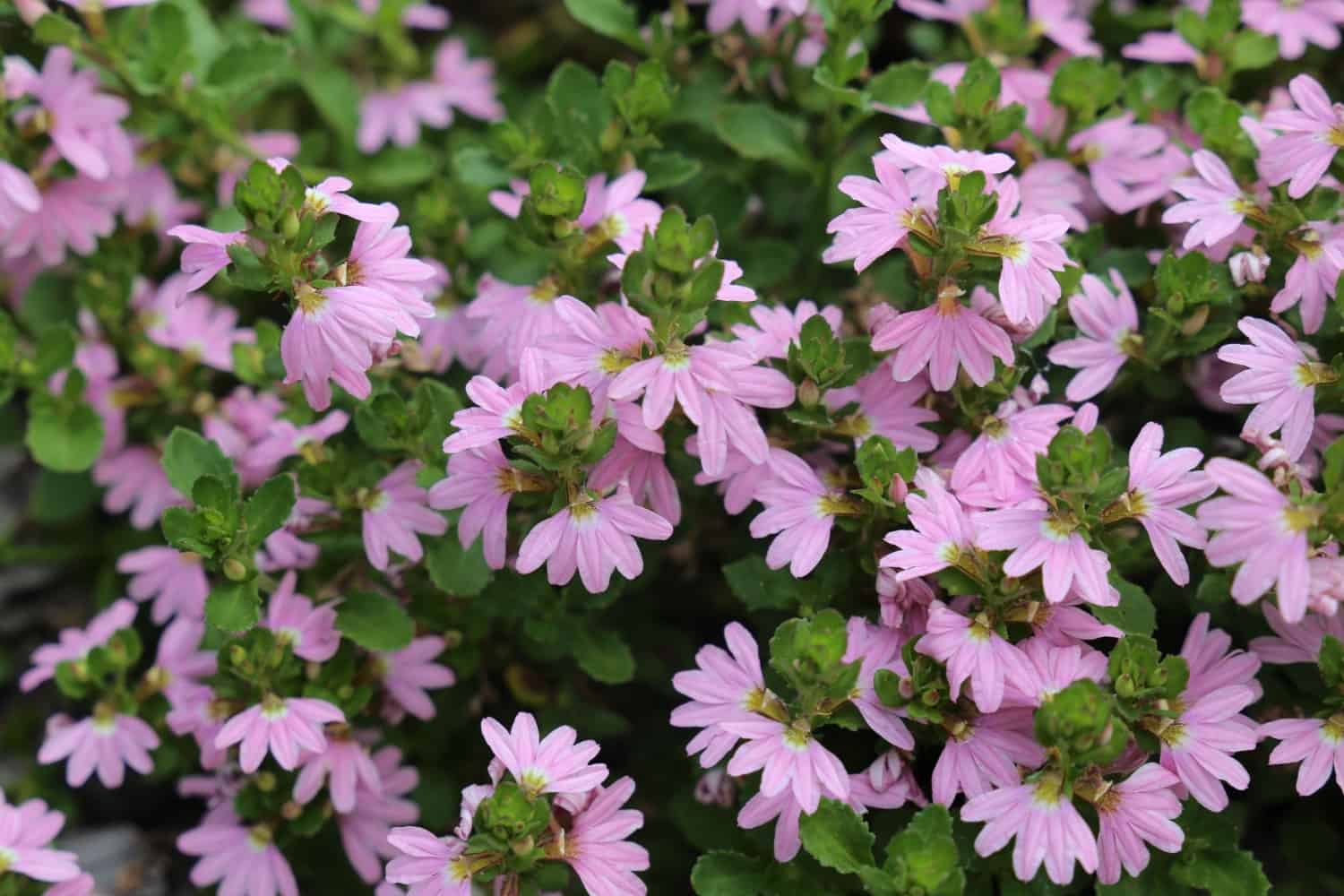
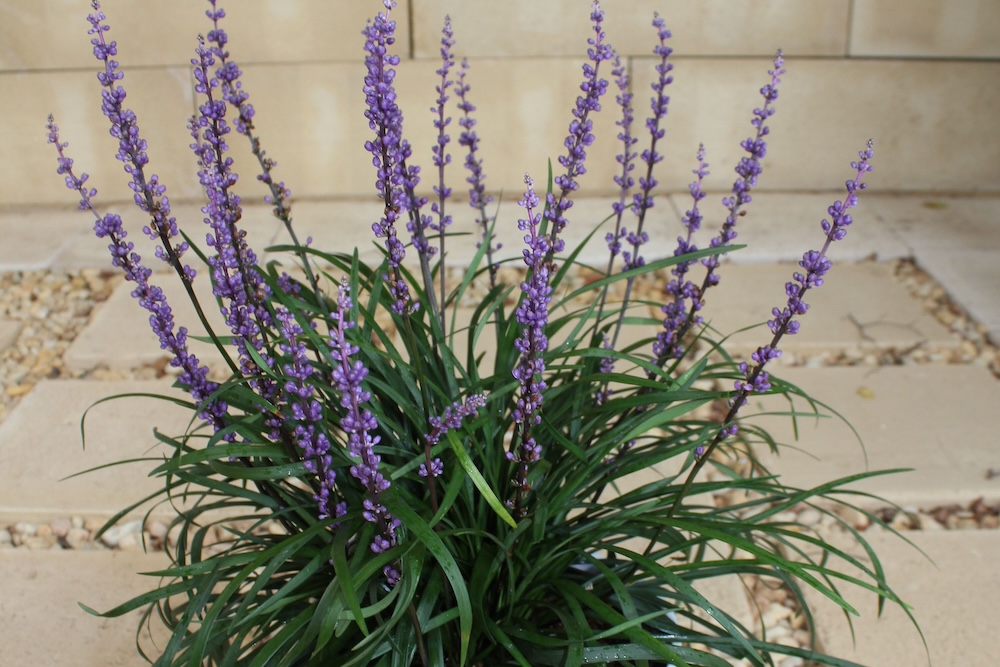
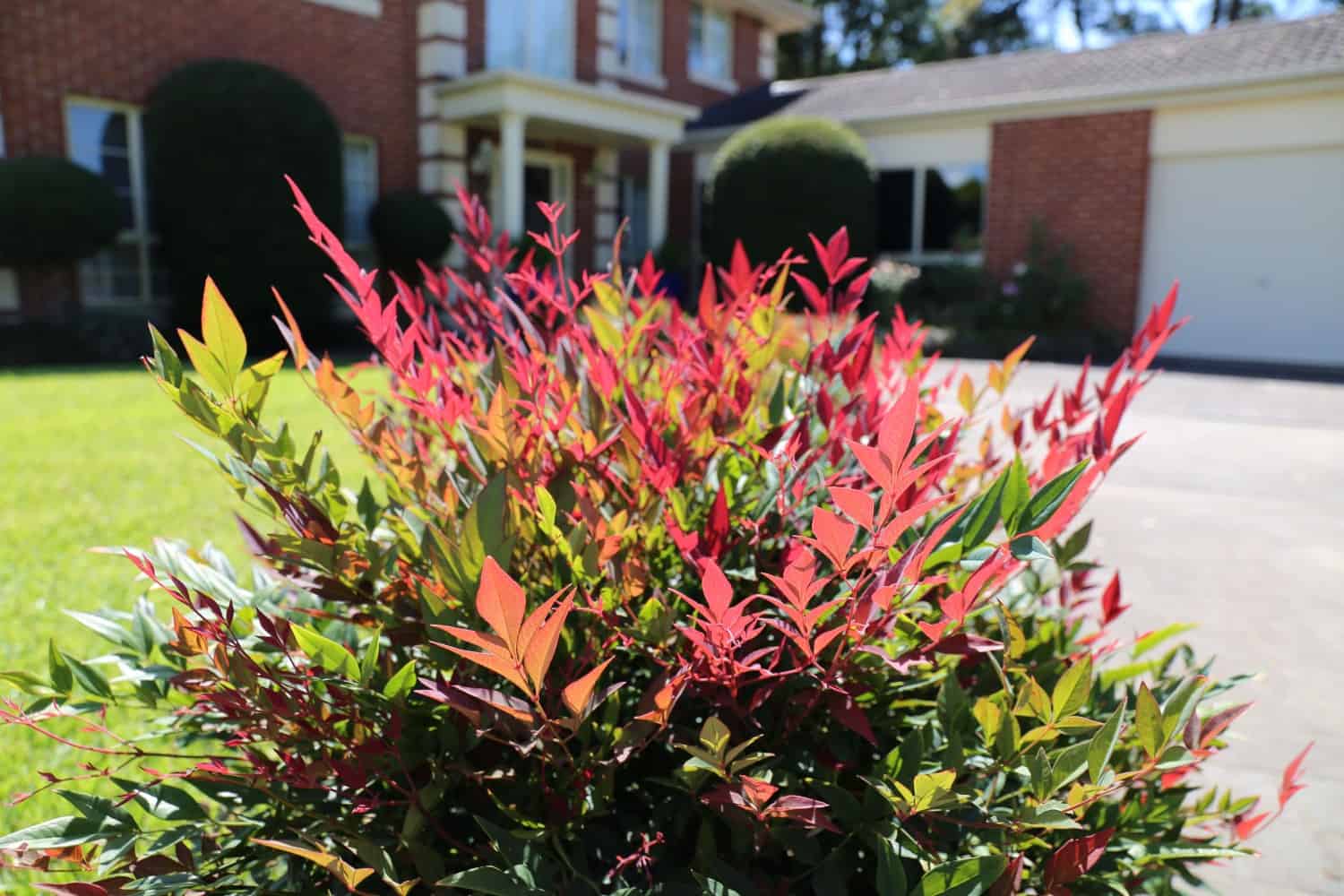
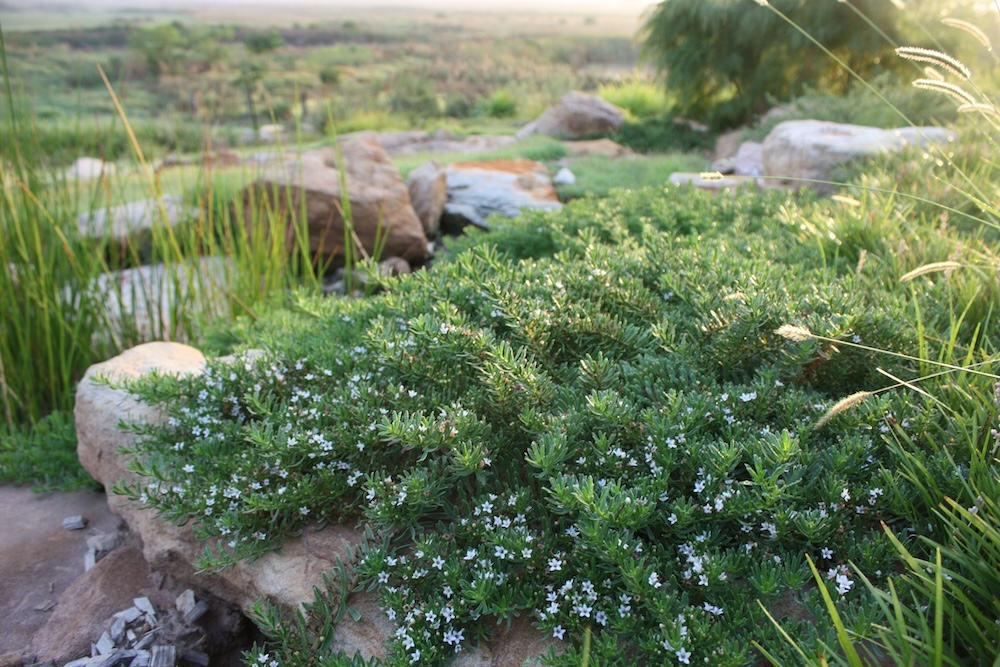
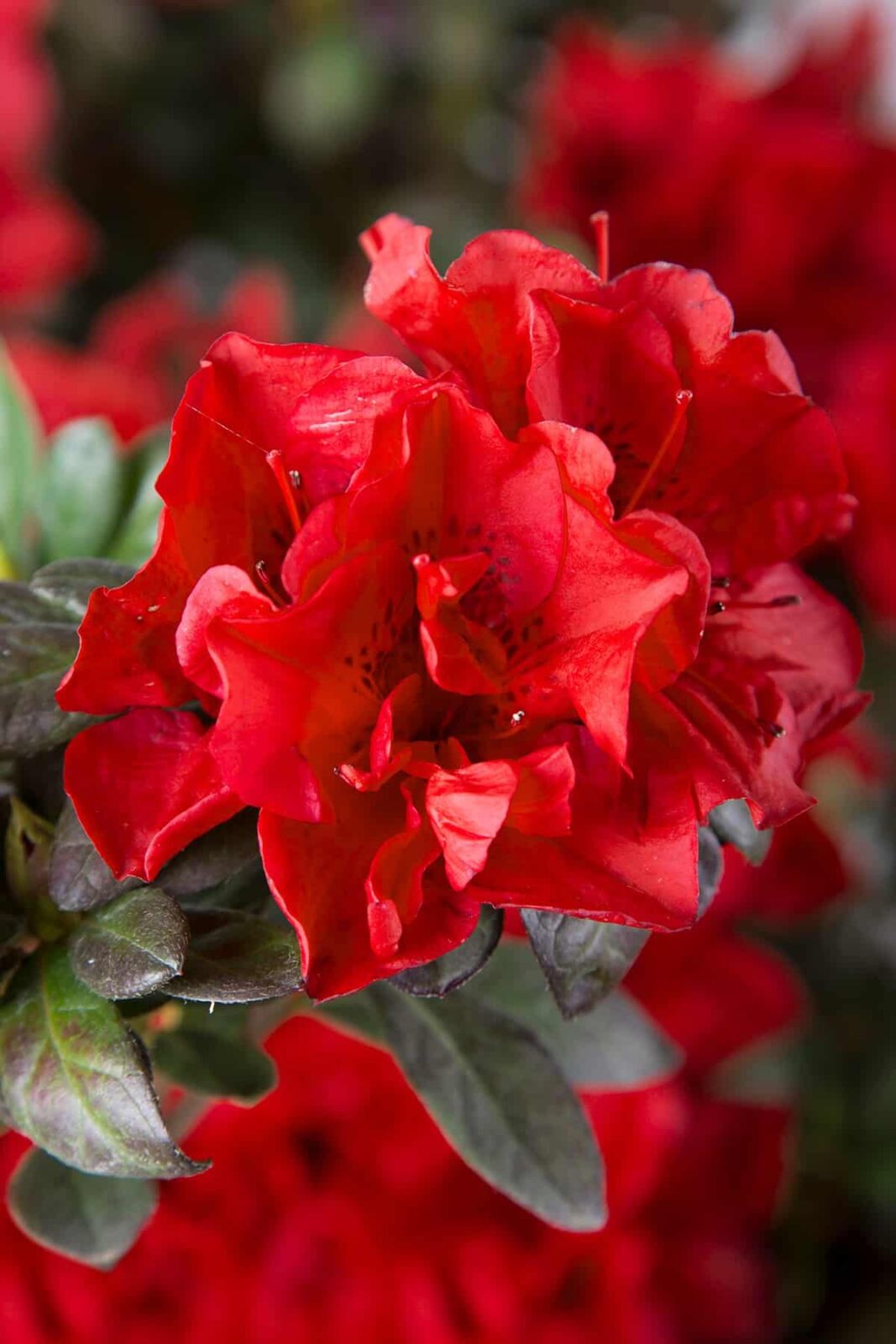
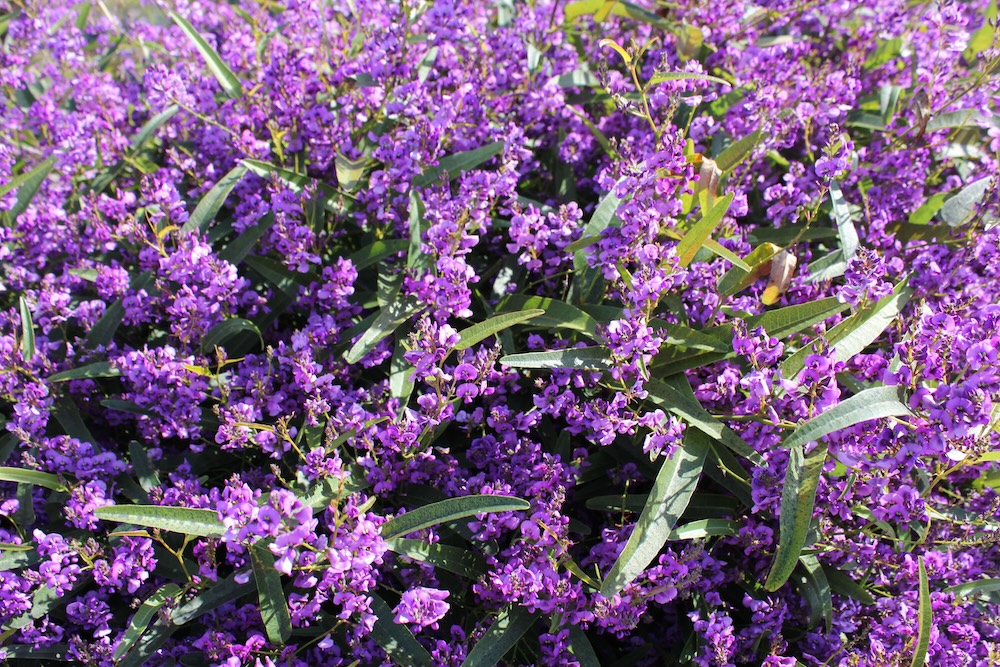
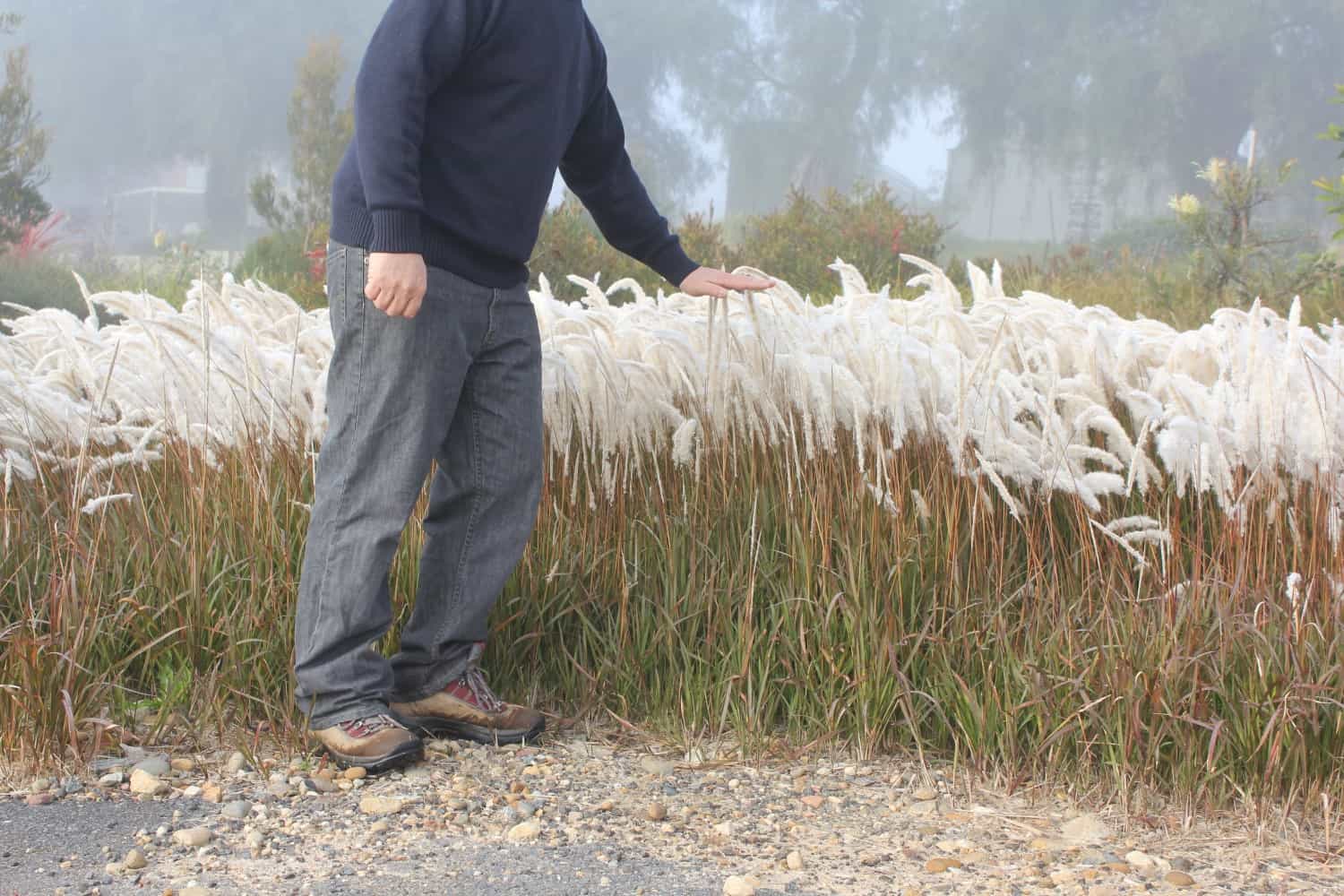
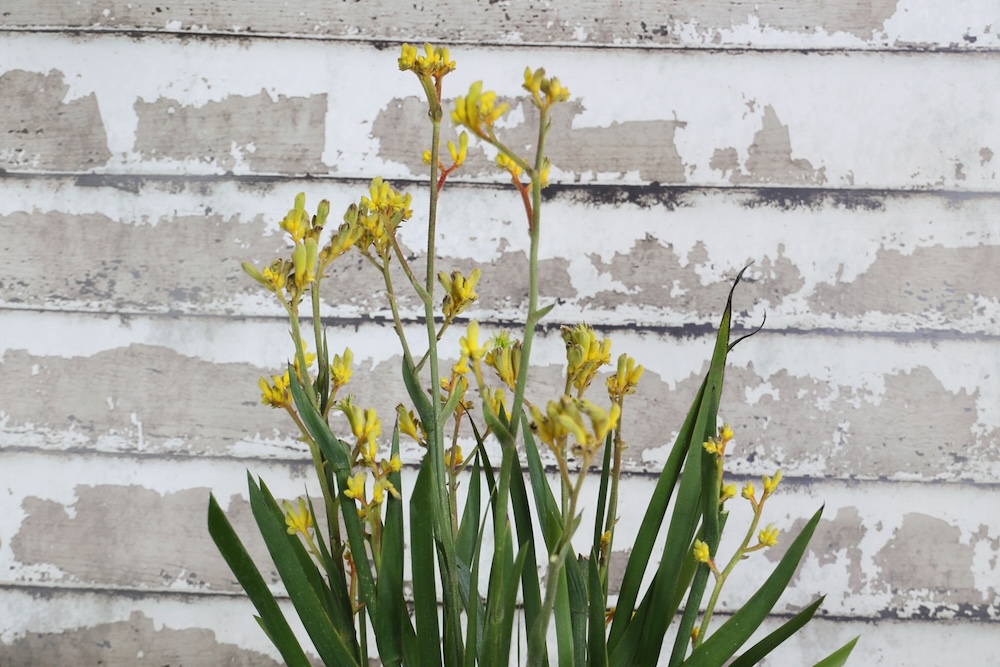
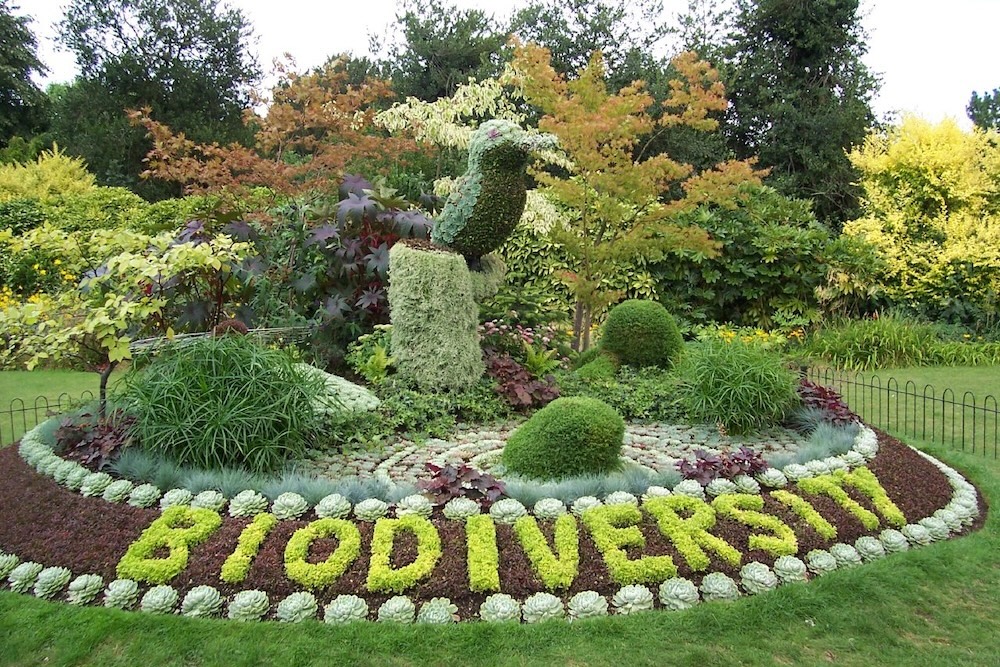
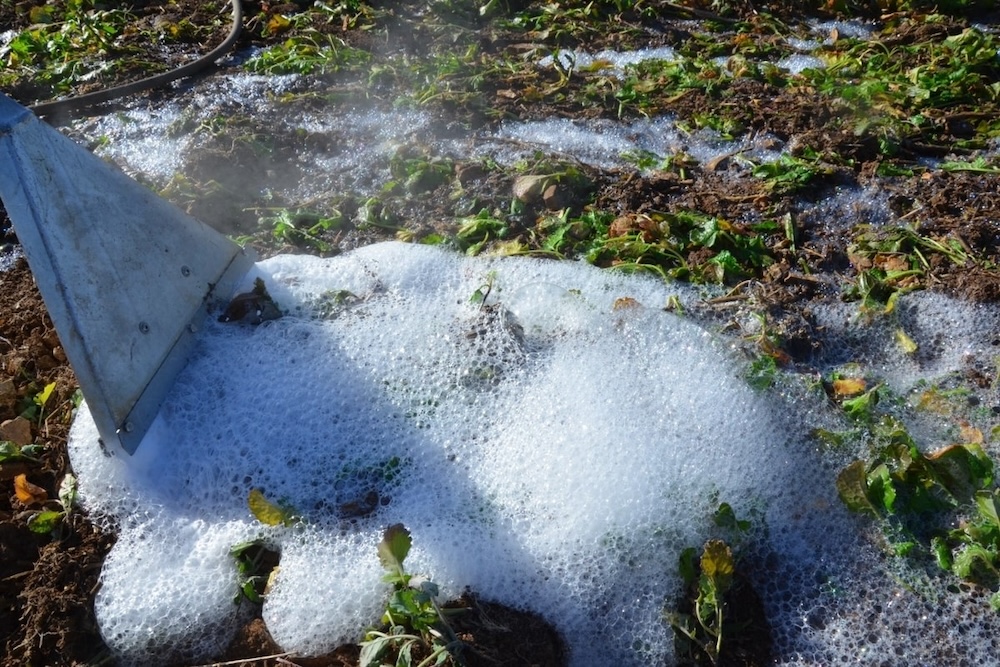
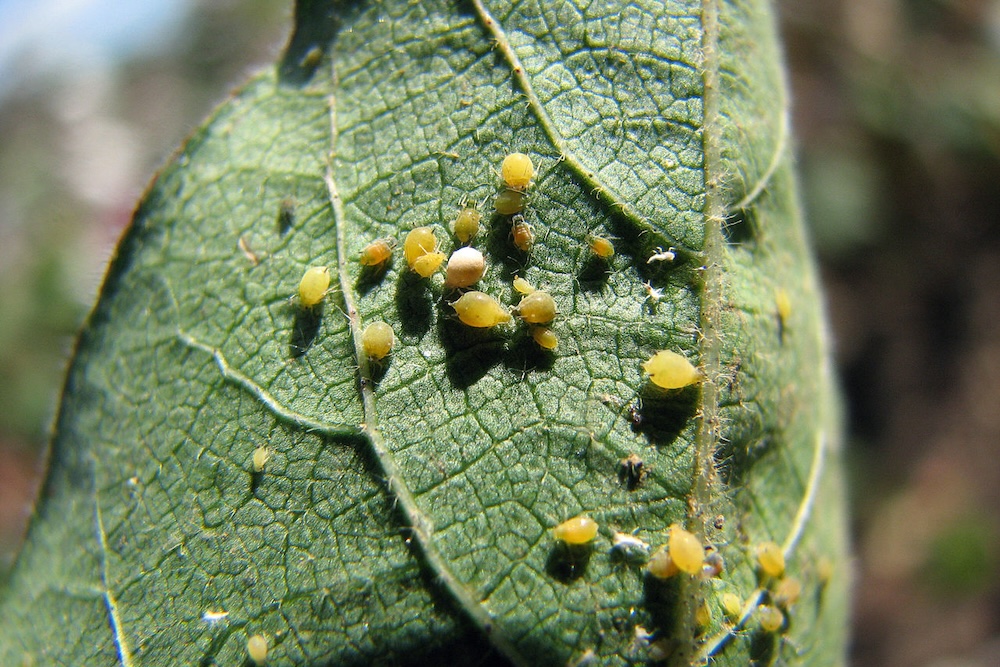
This Post Has 0 Comments